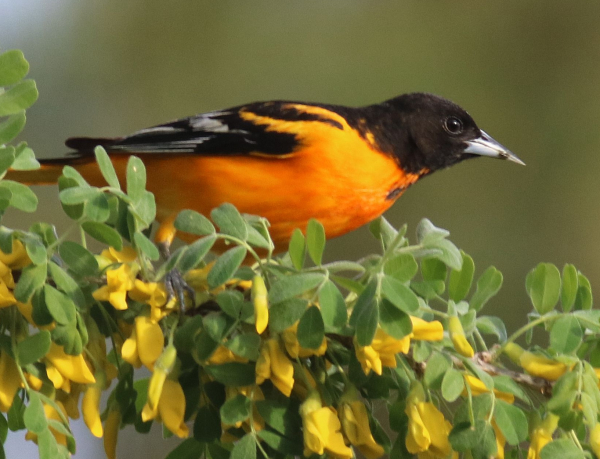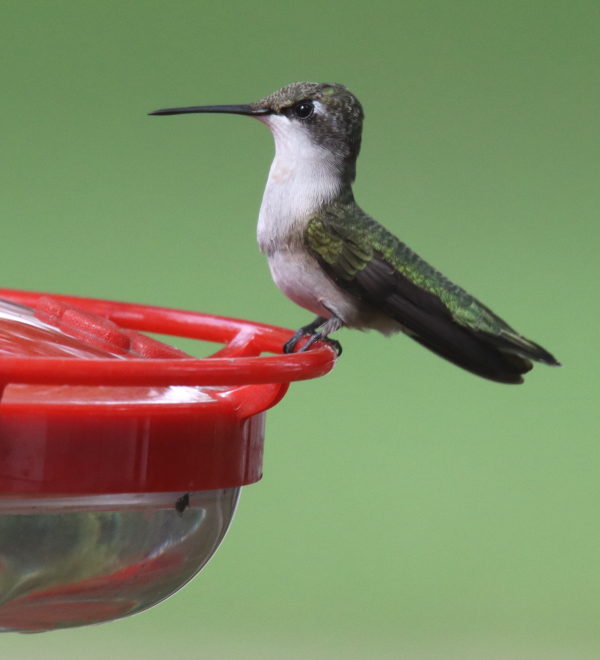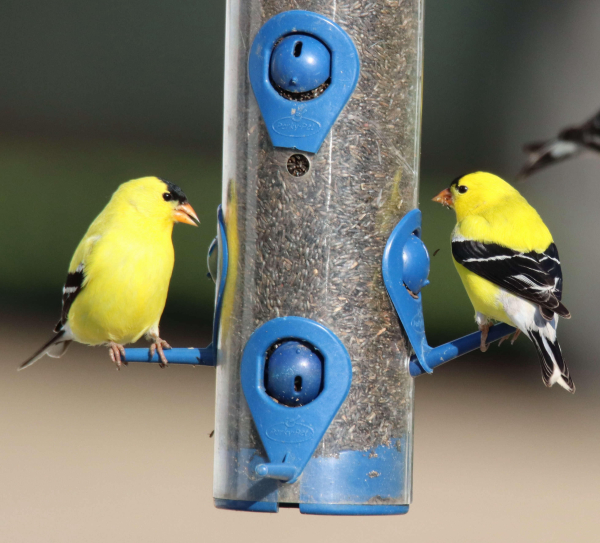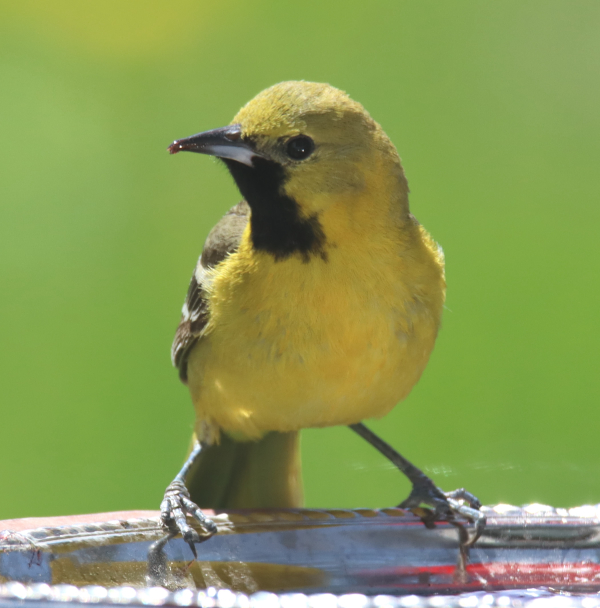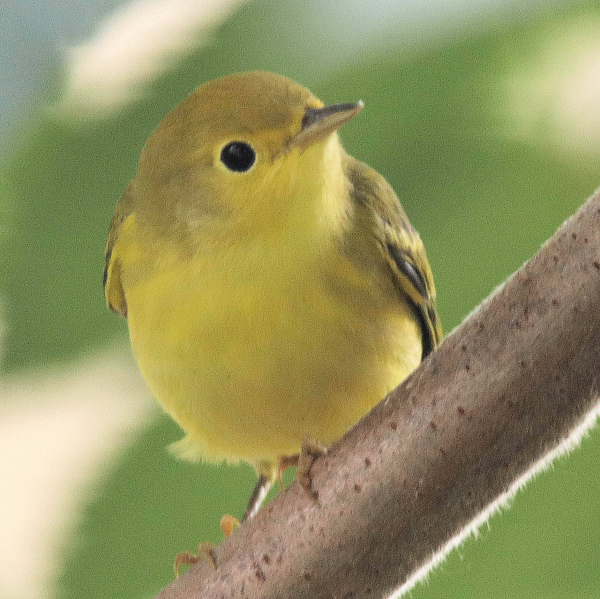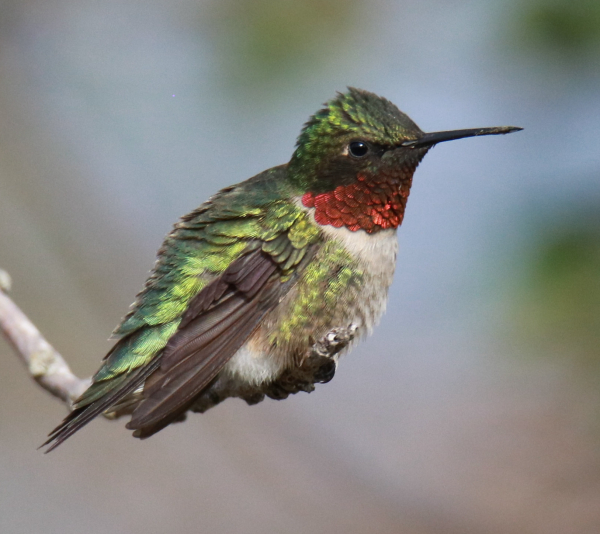A Tree Can Be a Bird Magnet
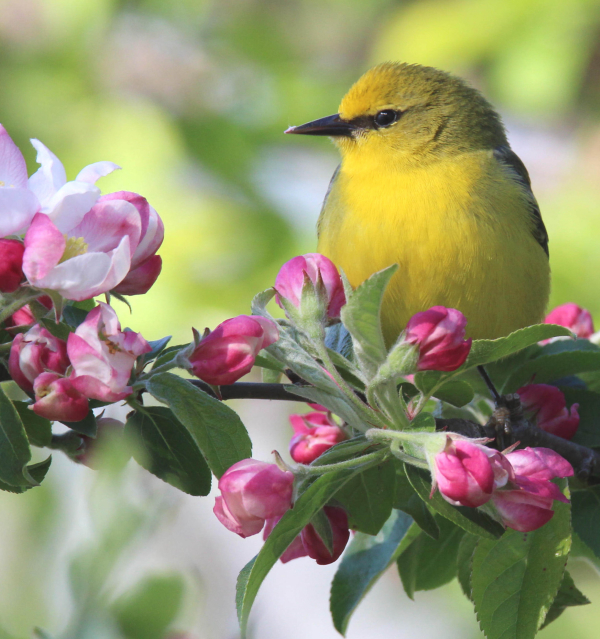
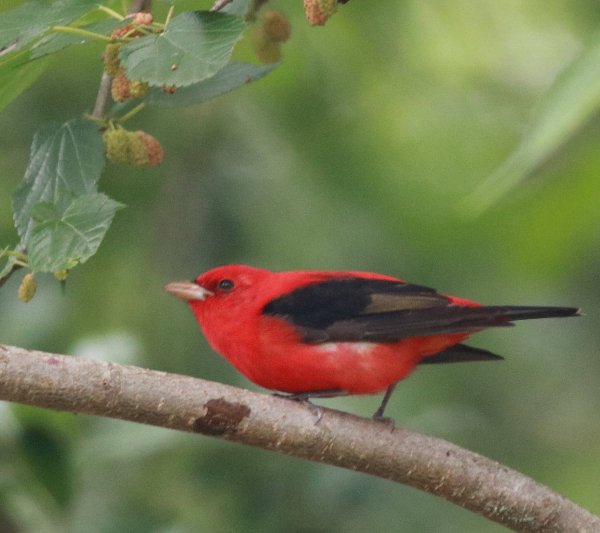
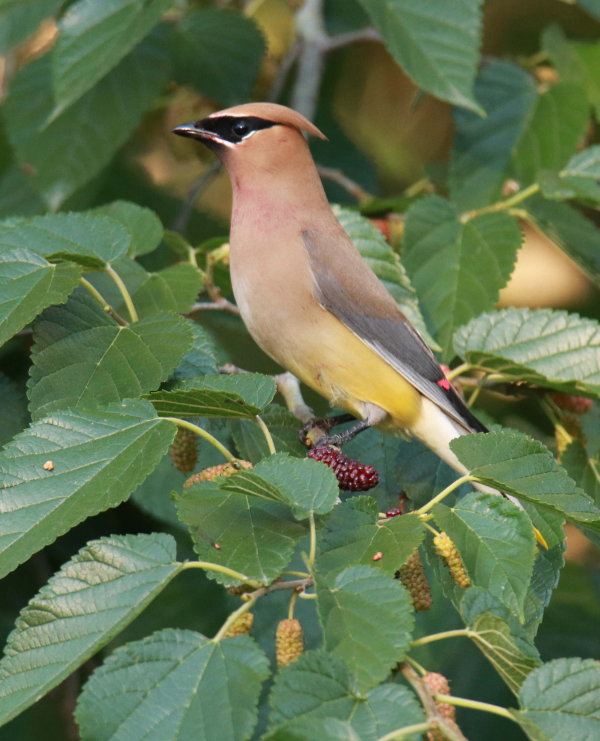
Planting a tree is a long-term proposition, but trees are key to attracting many birds to our yards, and the right trees can create a special attraction in the form of foods. Fruits or berries, flower nectar, small insects attracted to flowers, and small caterpillars among the foliage create a buffet for migrating birds and local nesting species. Each tree also provides cover, nesting sites, and shade – all so important in creating backyard habitat.
A single tree can make all the difference in your yard; one that flowers in the spring can attract orioles, tanagers, waxwings, hummingbirds, warblers, and other birds looking for flower nectar, small insects, and caterpillars they need during a migration stopover, or throughout the nesting season. The same tree may also produce fruit later in the year that benefits robins and other thrushes, waxwings, tanagers, and catbirds.
We have seen the payoffs in a variety of locations across the country – an apple tree, cherry tree, mulberry, chokecherry, wild plum tree, and more can be a magnet for small birds. Not only can birds that are normally hard to attract suddenly appear, like tanagers and waxwings, but some will remain for an extended period of time, and some will return time and time again, day after day while food is available.
A most impressive example of a “bird magnet” that is paying off in a big way was described by birder from the Houston area who shared the “fruits” of planting a mulberry tree in the back corner of his yard 15 years ago. In that part of the country, mulberry trees fruit early, by about the first of May, which coincides nicely with the migration of songbirds northward from south of the border.
During an early May afternoon he positioned a lawn chair in the shade to relax and observe the birds that visited the fruiting tree from 3 to 6pm. He reported that the local Red-bellied Woodpeckers, Downy Woodpeckers, Northern Mockingbirds, Carolina Chickadees, and Northern Cardinals were feasting. But even with all that activity, it was really the migrants that added the most exciting observations; they included at least 20 male Scarlet Tanagers, about a half-dozen male Summer Tanagers, several Baltimore Orioles, an Orchard Oriole, many Indigo Buntings, at least 20 Swainson’s Thrushes, a few Gray-cheeked Thrushes, about half-dozen Gray Catbirds, 2 or 3 Magnolia Warblers, 3 Black-throated Green Warblers, 6 Tennessee Warblers, a Yellow-breasted Chat, a Warbling Vireo, and a Philadelphia Vireo – WoW!
Talk about a bird magnet, after reading an exciting report like that, any birder that lives within the growing range of mulberry trees should be inspired to plant one in their yard – immediately. But that’s just one example of how your choice of a new tree can attract birds to your yard while benefitting local and migrating birds that need food and a place to rest and shelter – and possibly a place to nest.
Of course, the varieties of trees that will prosper in your area is limited by weather conditions, often indicated with reference to the “growing zone” where you live. Mulberry trees grow in zones 5 to 10, which means south of a line that runs from southern New York to southern Idaho then north into southwest British Columbia.
One way to select a magnet tree is to think about which trees in your neighborhood or the surrounding area produce flowers and fruits that attract birds, and are pleasing to your eye. Watch to see if birds are feeding at a certain tree and consider how a smaller version of it might fit into your yard.
Local nurseries can be helpful, but it’s usually best to talk with a birder about a “fruitful tree.” Local birding stores like a Wild Birds Unlimited or Wild Bird Centers store might be an even better bet to ask for advice. If there’s not one of these stores or an independent birding store in your area, call the WBU store closest to your home – even if it’s in a nearby state within your growing zone – and ask for their advice.
If you are thinking of adding a tree or two to your yard, make your choices count for you, and for birds – remember the mulberry tree – and appreciate how it will benefit birds for years to come while beautifying your yard. Enjoy all the birds that visit your yard this spring!
Article and photos by Paul Konrad

